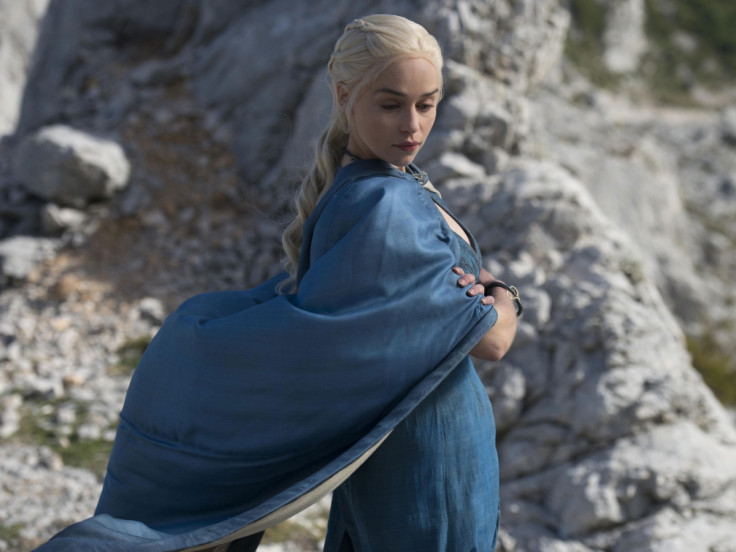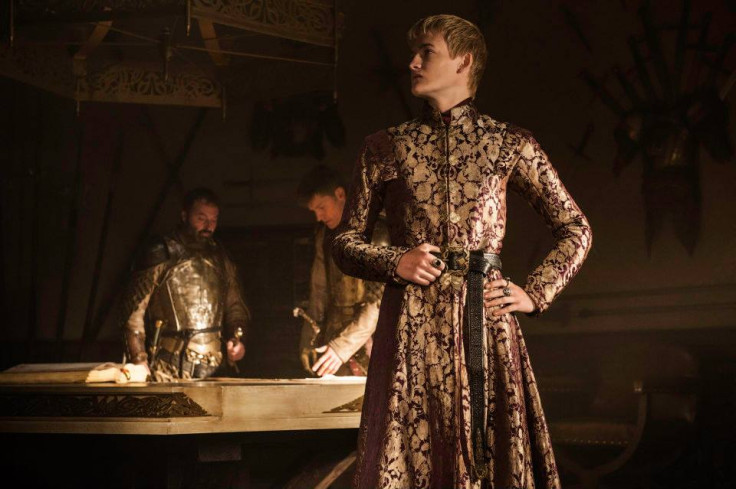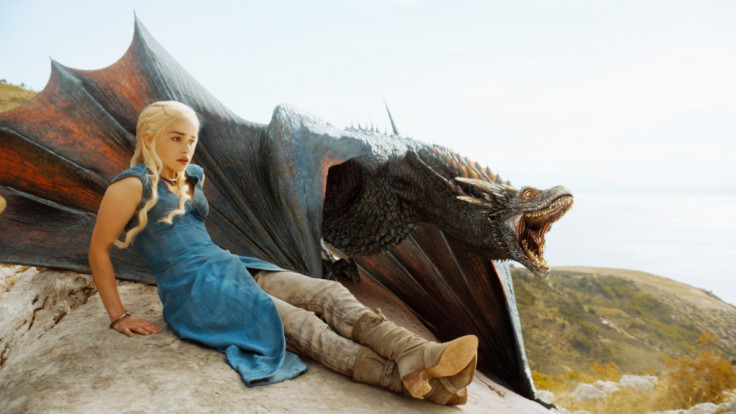Game of Thrones is Realistic and Historically Accurate Say Experts

Game of Thrones has dragons, but despite its more otherworldly elements it's a more realistic show than you might expect.
HBO's epic series certainly has the fantastical element nailed down, but at the same time it's also a bloody, grim take on the kind of fantasy world's made famous in stories like J.R.R. Tolkein's Lord of the Rings.
Live Science spoke to numerous historians and asked them how accurate the show was in depicting medieval life.
Kelly DeVries, a medieval historian at Loyola University Maryland, explained how the show captures medieval realities. "The arms and armour are very well-respected," he said, before explaining that in real battles back then, the aim was to capture prisoners of war for a ransom rather than to kill them.
"Bleeding out was the way that people died in battle," DeVries continued. "The weapons would very rarely hit something vital enough to kill on impact." A flammable liquid used in a Season 2 battle was also close to reality.
Historian John Ashdown-Hill compared Game of Thrones' plentiful, well-realised female characters to women who also rose to power at the time. He also mentioned the rise to power of Anne Boleyn. But she suffered the fate of execution, ordered by her husband Henry VIII, who ordered her beheaded for treason. She was the first woman to suffer execution in the Middle Ages.

"It's only from Henry VIII's time on that you get any women being executed [for treason]," Ashdown-Hill said. "That's something that only comes in at the 16th century."
If Joffrey had become king in England there would have been no reason for his uncles to claim the throne back, explains Ashdown-Hill. In medieval France however it was common for an heir's mother to claim the throne in the place of a child, as Joffrey's mother Cersei attempts in the series.
What of the violence, though? Game of Thrones is renowned for its level of violence, but were the Middle Ages as bloody as we're lead to be believe. Carl Pyrdum III, a doctoral candidate in medieval history at Yale University said: "It's certainly true that homicide rates per capita were very high."
"It's true that most people would have encountered some sort of violent spectacle in their daily life. Public executions were common." Pyrdum then gives an example of the grisly forms of justice dished out to criminals, explaining how one woman was sentenced to death by stabbing and that she would be stabbed as many times as she stabbed the person she had killed.
Even if she died before the full count was reached, the stabbings continued.

The more outlandish aspects of Game of Thrones wouldn't have been so outlandish to the people back then. However the magical wonders of fantasy in modern entertainment pale compared to the actual magic believed to exist at the time.
However, the medieval dragons disappoint. "I was depressed when I found out what medieval magic and dragons were really like, because I grew up on a steady diet of Tolkien and 'Dungeons & Dragons,'" Pyrdum says.
"The idea seems to be that all you had to do to a dragon was to tell it that it no longer had power because Christ had come and the Christians were in charge," he explains. "Then, the dragon just had to go, 'OK,' and leave.'"
Game of Thrones returns for its fourth season Monday 7 April, at 2am on Sky Atlantic (a simulcast Sunday night, at the same time as it airs in the States) and later at 9pm.
© Copyright IBTimes 2024. All rights reserved.





















